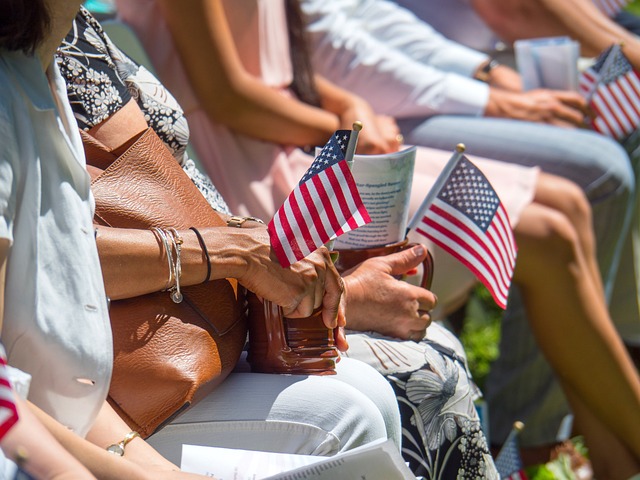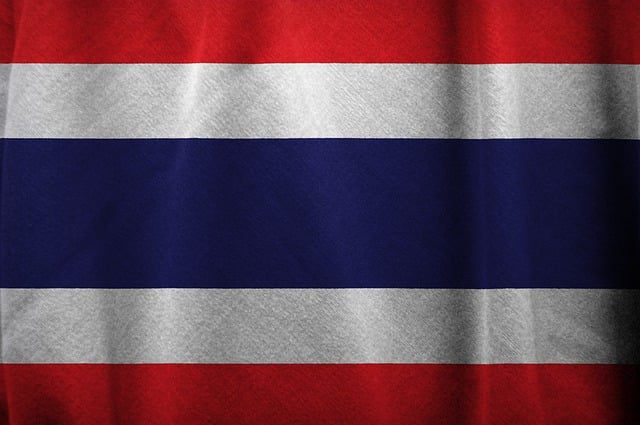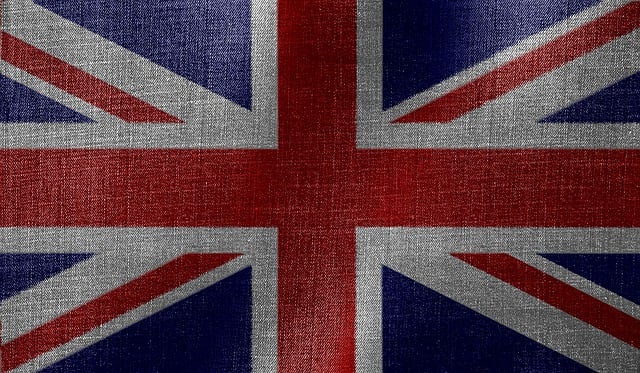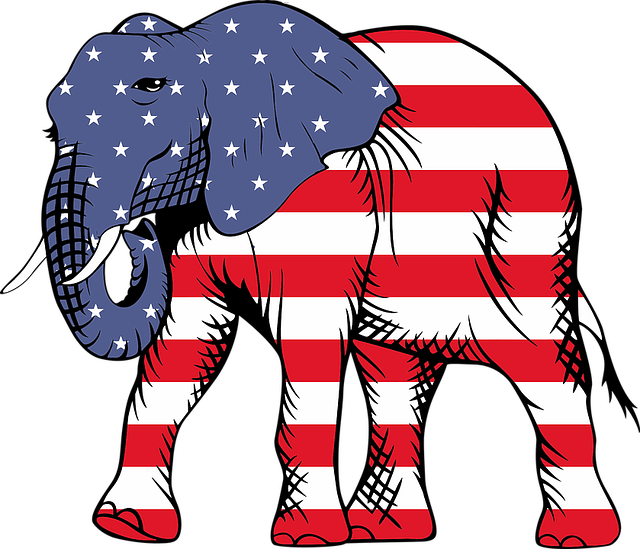The "We The People" American Flag, a symbol of democracy and unity, encourages active participation in Constitution Day celebrations. Adopted in 1777, its design reflects the nation's growth, with 50 stars representing the 50 states. On Constitution Day, students engage in diverse activities like historical reenactments, digital exhibits, debates, and artistic interpretations to learn about America's democratic heritage and their role as active citizens.
“Unveiling the Power of ‘We the People’: Celebrating Constitution Day with American Flag Displays. Delve into the rich symbolism behind the iconic ‘We the People’ phrase, integral to the heart of American democracy, as it graces our nation’s flag. Explore the historical journey and global recognition of the American Flag, a powerful national icon. Discover creative display ideas for Constitution Day, from reenactments to interactive exhibits, bringing history to life. Engage students through hands-on learning, fostering a deeper understanding of democratic values and the significance of ‘We the People’ in shaping our nation.”
- Symbolism of We the People: Exploring the phrase's significance in American democracy and its representation on the flag.
- The American Flag: A National Icon: Unraveling the history and design of the Stars and Stripes, its evolution over time, and its global recognition.
- Constitution Day and Display Ideas: Creative ways to incorporate the We the People theme into displays, including historical reenactments, interactive exhibits, and artistic interpretations.
- Engaging Students: Interactive Learning for Constitution Day: Strategies for teachers to involve students in hands-on activities, discussions, and research projects centered around the flag, democracy, and constitutional values.
Symbolism of We the People: Exploring the phrase's significance in American democracy and its representation on the flag.

The phrase “We the People” is more than just words on a document; it embodies the very essence of American democracy, as captured in the nation’s iconic symbol—the American Flag. This powerful expression represents the collective spirit and unity that has defined the United States since its inception. By incorporating these words into the flag’s design, the founders intended to emphasize the democratic principles upon which the nation was built, where power resides in the hands of the people.
“We the People” serves as a constant reminder of the people’s role in shaping their government and society. It reflects the idea that democracy is not merely a system of rule but a living, breathing entity sustained by the active participation and engagement of its citizens. This symbolism on the flag continues to inspire and guide Americans as they celebrate Constitution Day, reminding them of their inherent rights and responsibilities in maintaining a democratic republic.
The American Flag: A National Icon: Unraveling the history and design of the Stars and Stripes, its evolution over time, and its global recognition.

The American Flag, often referred to as “Old Glory” or “The Stars and Stripes,” is a powerful symbol of national identity and unity for the United States. Its design, with 50 white stars on a blue field surrounded by 13 red and white stripes, represents the 50 states that make up the nation and the original 13 colonies that fought for independence. The flag’s history is deeply intertwined with the principles of liberty and self-governance encapsulated in the U.S. Constitution.
The creation of the We the People flag can be traced back to the early days of the American Revolution when, on June 14, 1777, the Second Continental Congress adopted the Stars and Stripes as the official national flag. Over time, as new states joined the Union, the number of stars increased, reflecting the growing nation. This evolution continued until the current design with 50 stars was established in 1960 following Hawaii’s admission to the Union. Today, the American Flag stands as a recognizable symbol not just in the U.S. but globally, embodying the ideals and aspirations of its people.
Constitution Day and Display Ideas: Creative ways to incorporate the We the People theme into displays, including historical reenactments, interactive exhibits, and artistic interpretations.

Constitution Day offers a fantastic opportunity to engage students and the community in exploring America’s foundational document. One effective way to celebrate this day is through creative displays that embody the spirit of “We the People.” Historical reenactments can bring the past to life, with actors portraying key figures from the Constitutional Convention, allowing visitors to interact and ask questions. This immersive experience not only educates but also fosters a sense of connection to America’s democratic heritage.
Interactive exhibits are another powerful tool for display creators. These can include digital displays showcasing the development of the Constitution, interactive maps tracing the ratification process state-by-state, or even games that test visitors’ knowledge of constitutional principles. Artistic interpretations, such as murals or sculptures, can also capture the essence of “We the People” by depicting diverse individuals coming together under the symbol of the American Flag, symbolizing unity and the collective power of citizenship.
Engaging Students: Interactive Learning for Constitution Day: Strategies for teachers to involve students in hands-on activities, discussions, and research projects centered around the flag, democracy, and constitutional values.

On Constitution Day, engaging students through interactive learning can deepen their understanding of the fundamental principles that shape their nation. Teachers can facilitate this by incorporating hands-on activities centered around We the People, democracy, and constitutional values. One effective strategy is to organize debates or mock trials, where students argue cases related to the Bill of Rights or historical Supreme Court decisions. This encourages critical thinking and an active participation in civic discourse.
Additionally, creative projects like designing their own constitutions or creating artistic interpretations of the American Flag as a symbol of democracy can foster imaginative and personalized connections to these concepts. Research projects allowing students to explore specific amendments or influential historical figures associated with the Constitution also offer valuable learning opportunities. By blending discussions, activities, and research, educators empower students to actively participate in celebrating Constitution Day.
